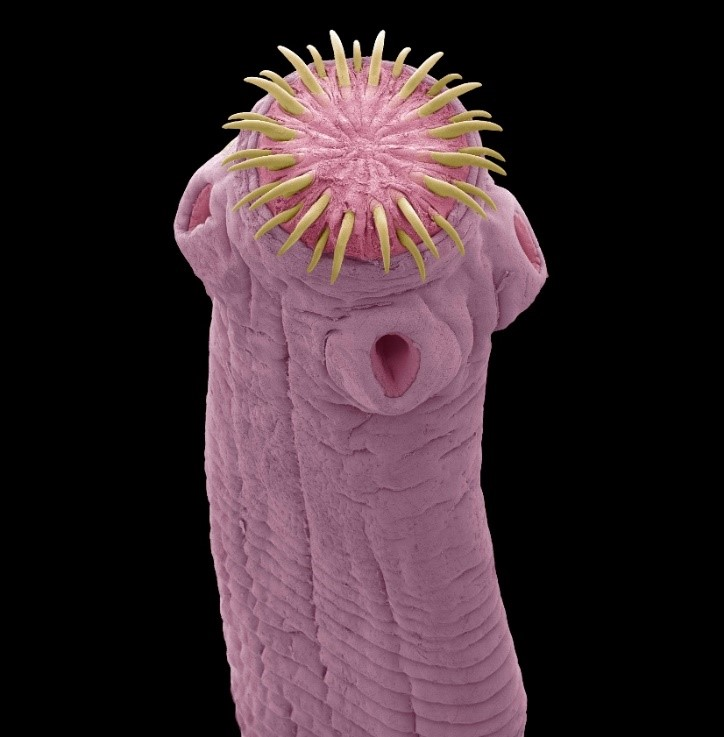
Amateur botanist, birdwatcher, entomologist, interested in ecology and ancient agriculture. All round nature lover.
Longform content: https://t.co/JYaifF8ln7
How to get URL link on X (Twitter) App


 This habitat has several notable perks for wildlife, first and foremost the low height of the grass which gives them a perfect FOV in all directions, allowing them to assess threats and feel safe
This habitat has several notable perks for wildlife, first and foremost the low height of the grass which gives them a perfect FOV in all directions, allowing them to assess threats and feel safe 

 Our story begins long before that, with the vast barbarian migrations of the late Roman empire. The major theory is that the inhabitants of the island of Bornholm (Burgundaholmr) are believed to be the Germanic tribe that settled in the Rhone region and became Latinized
Our story begins long before that, with the vast barbarian migrations of the late Roman empire. The major theory is that the inhabitants of the island of Bornholm (Burgundaholmr) are believed to be the Germanic tribe that settled in the Rhone region and became Latinized 

 Cultivated oats are the species Avena sativa, members of the grass family Poaceae along with wheat, sorghum, rice or corn. They’re the seventh most cultivated cereal in the world, with a high degree of available proteins in the grain, comparable to soy
Cultivated oats are the species Avena sativa, members of the grass family Poaceae along with wheat, sorghum, rice or corn. They’re the seventh most cultivated cereal in the world, with a high degree of available proteins in the grain, comparable to soy 

 We all remember what Nosferatu looks like. Great design, mixing grotesque with pitiable. One thing we notice though, is that it's not really a design "grounded" in any time or place. The cool coat is old-school, but he could be Carpathian as well as German, Danish or French
We all remember what Nosferatu looks like. Great design, mixing grotesque with pitiable. One thing we notice though, is that it's not really a design "grounded" in any time or place. The cool coat is old-school, but he could be Carpathian as well as German, Danish or French 





 Previous thread on finger millet here:
Previous thread on finger millet here: https://twitter.com/General_JWJ/status/1686767409338658817

 My previous millet thread was on the topic of t'ef, the strange tiny-grained crop exclusive to the horn of Africa:
My previous millet thread was on the topic of t'ef, the strange tiny-grained crop exclusive to the horn of Africa: https://twitter.com/General_JWJ/status/1671130436259438592


 My previous thread on Reunion talked about the spectacular, Martian landscape of its volcanic highlands
My previous thread on Reunion talked about the spectacular, Martian landscape of its volcanic highlands https://twitter.com/General_JWJ/status/1668898720539197442

 My previous millet thread about Job’s tears, a cereal which on the contrary has very large grains, can be perused here:
My previous millet thread about Job’s tears, a cereal which on the contrary has very large grains, can be perused here: https://twitter.com/General_JWJ/status/1664568185419431938


 While Job’s tears (Coix lacryoma-jobi) is indeed a cereal (grass family Poaceae) and is part of the Panicoidae subfamily which contains most millets, it’s part of the “sorghum tribe” Andropogonodae, which makes it somewhat distant from the “true millet” tribe Paniceae
While Job’s tears (Coix lacryoma-jobi) is indeed a cereal (grass family Poaceae) and is part of the Panicoidae subfamily which contains most millets, it’s part of the “sorghum tribe” Andropogonodae, which makes it somewhat distant from the “true millet” tribe Paniceae 

 My previous thread in this series on perfume geranium, the crown jewel of Reunion’s perfume industry:
My previous thread in this series on perfume geranium, the crown jewel of Reunion’s perfume industry: https://twitter.com/General_JWJ/status/1639215814195781634

 The previous thread, which recapitulates the domestication and early spread of pearl millet (Pennisetum glaucum) also contains information on sorghum, which followed a similar trajectory:
The previous thread, which recapitulates the domestication and early spread of pearl millet (Pennisetum glaucum) also contains information on sorghum, which followed a similar trajectory: https://twitter.com/General_JWJ/status/1636758438285017088

 Coriander (Coriandrum sativum) is an annual belonging to the Apiaceae, a large family of edible and aromatic plants containing carrot, angelica, parsley, parsnips … It’s not always taught in foraging & wild cooking classes because it also contains hemlock, a danger for beginners
Coriander (Coriandrum sativum) is an annual belonging to the Apiaceae, a large family of edible and aromatic plants containing carrot, angelica, parsley, parsnips … It’s not always taught in foraging & wild cooking classes because it also contains hemlock, a danger for beginners 


 For my previous thread on the exportation of proso millet outside of China and how it was used in those countries’ cuisines, see here:
For my previous thread on the exportation of proso millet outside of China and how it was used in those countries’ cuisines, see here: https://twitter.com/General_JWJ/status/1628347717385592832

 Buckwheat includes two species of the genus Fagopyrum: F. esculentum (common buckwheat) and F. tataricum (Tartary buckwheat). They’re known for their nutritional value and their role as a staple crop in high-altitude regions of Eurasia
Buckwheat includes two species of the genus Fagopyrum: F. esculentum (common buckwheat) and F. tataricum (Tartary buckwheat). They’re known for their nutritional value and their role as a staple crop in high-altitude regions of Eurasia 


 Here you can find the previous millet threads
Here you can find the previous millet threads https://twitter.com/General_JWJ/status/1622927246418739201

 Disclaimer: This is of course an analysis based on extremely fragmentary information and not that much research put into it (as it’s not the main focus of what I like to do on twitter but some easy-to-find information may limit some of the excesses I’ve seen)
Disclaimer: This is of course an analysis based on extremely fragmentary information and not that much research put into it (as it’s not the main focus of what I like to do on twitter but some easy-to-find information may limit some of the excesses I’ve seen)

 Here is part 1:
Here is part 1: https://twitter.com/General_JWJ/status/1617920162505838592


 The Western population was thought to be completely eliminated until a single male bird, Omid ("Hope" in Persian) was found wintering regularly in Iran since 2006. This poor solitary bird would spend years without ever seeing a familiar face
The Western population was thought to be completely eliminated until a single male bird, Omid ("Hope" in Persian) was found wintering regularly in Iran since 2006. This poor solitary bird would spend years without ever seeing a familiar face 

 The term “millet” is extremely deceptive, as this monolithic name hides a diversity of superficially similar crop plants spread across 2 subfamilies, 3 tribes, 12 genuses and 22 species. Their geographic origin and domestication time vary wildly
The term “millet” is extremely deceptive, as this monolithic name hides a diversity of superficially similar crop plants spread across 2 subfamilies, 3 tribes, 12 genuses and 22 species. Their geographic origin and domestication time vary wildly 


 PS: spoilered pictures will be graphic pics of parasite infections and not for the faint of heart
PS: spoilered pictures will be graphic pics of parasite infections and not for the faint of heart 

 You can find my previous Reunion thread on its heavenly white sand beaches and coral reefs here:
You can find my previous Reunion thread on its heavenly white sand beaches and coral reefs here: https://twitter.com/General_JWJ/status/1609909831158079491